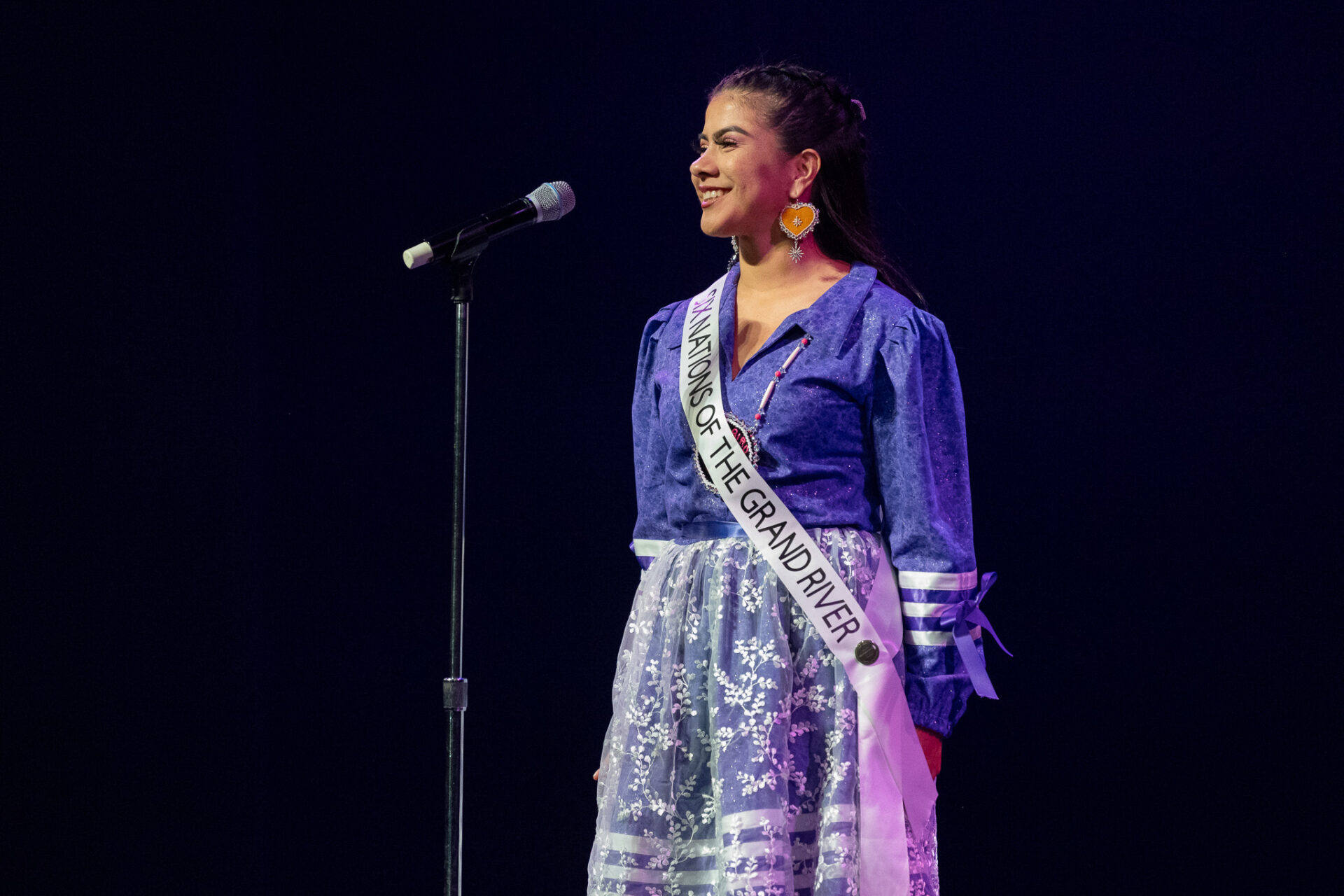Julianne Blackbird was just one of the 19 contestants who participated in the second annual Miss Indigenous Canada competition, which was held from Wednesday, July 23 to Saturday, July 26, 2025.
The 23-year-old, has currently lived on Snuneymuxw First Nation, B.C., for the past two years, but Blackbird is the first ever contestant who was born and raised on the Six Nations of the Grand River Territory.
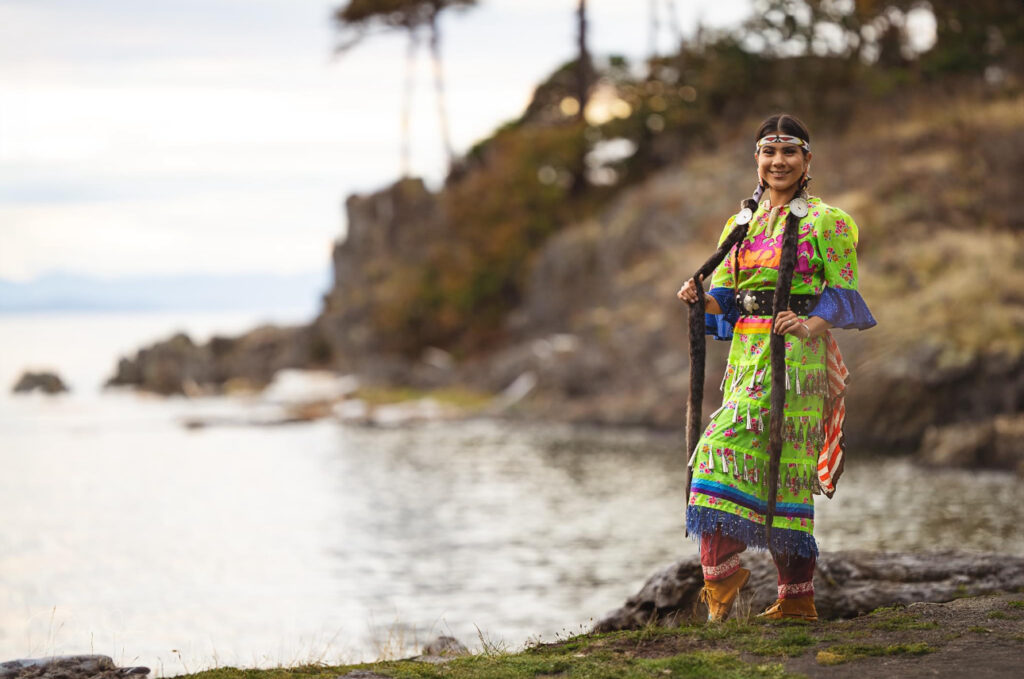
The Miss Indigenous Canada competition isn’t a traditional beauty pageant, it’s a self-development and leadership program for young Indigenous women across the country.
The three-day event is geared towards empowering and encouraging the young women to develop their leadership skills, give back to their communities and to connect to their cultures.
“Above all, we value self-development, community service, cultural involvement, empowerment, and authentic representation,” reads the Miss Indigenous Canada website. “The program was created in an effort to provide an outlet for young Indigenous women to celebrate their abilities and achievements, make connections with like-minded peers, work to serve their communities, and promote cultural involvement and connection.”
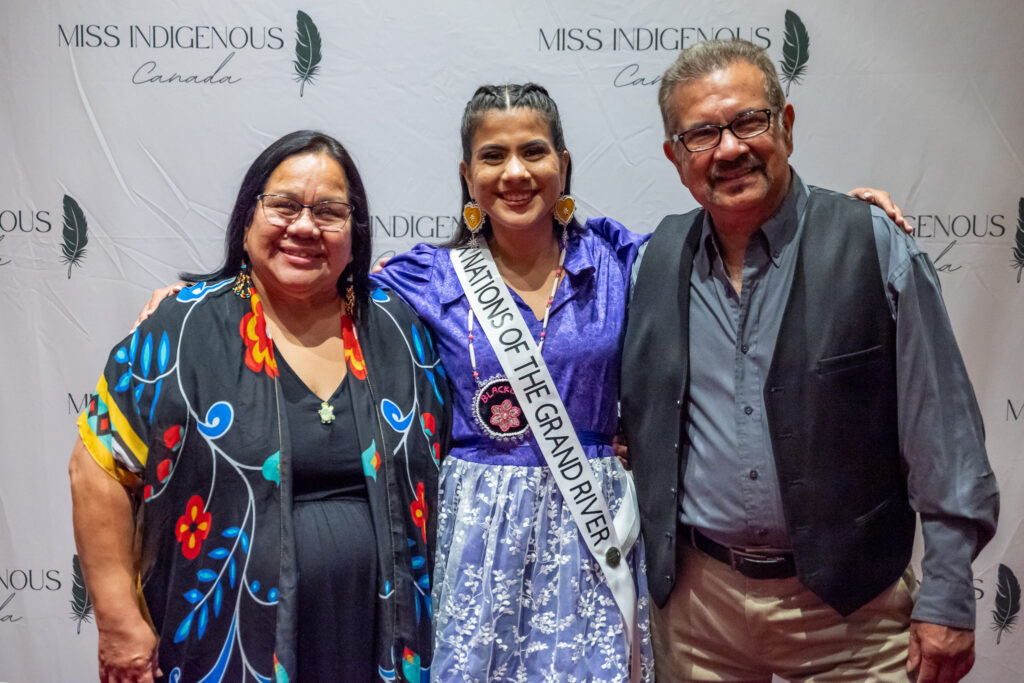
Blackbird, who is Kanien’kehà:ka (Mohawk) Nation, Turtle Clan on her mother’s side, and Ojibwe on her father’s, is a long-time competitive dancer, artist and model.
She not only facilitates and teaches dance for a living, but she also works as an Indigenous Culture and Student Support Worker with Nanaimo-Ladysmith Public Schools, as well as an art facilitator at Orca Lelum.
“Orca Lelum is a youth wellness centre where I get to make moccasins with the youth, teach them how to cook Indigenous cuisine, how to harvest plants and how to weave. It’s very fulfilling for me because I get to teach them how to do a lot of the things that I’ve been able to learn while growing up and living on my own reservation,” she said. “I think it’s really beautiful that I can take the skills and the teachings that I learned from back home, and I can share them, not just with the youth from the island, but with the youth who have flown in from remote reserves. I’m just very grateful that I’m in the position of being able to share those gifts.”
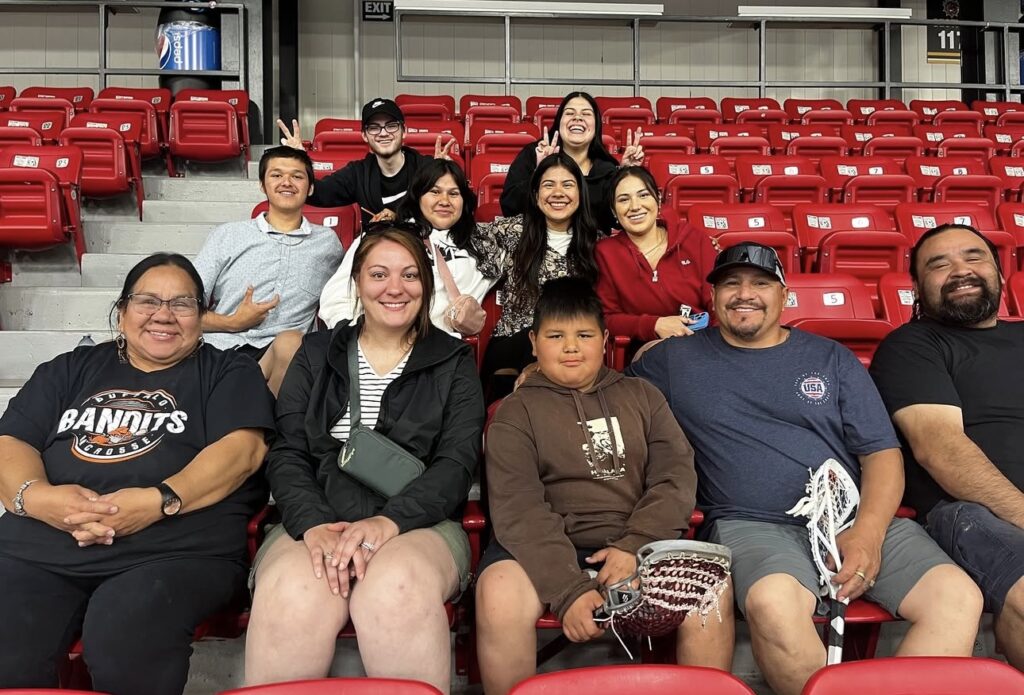
Blackbird said that she decided to apply for Miss Indigenous Canada because she wanted to share her passion for creating meaningful connections through cultural teachings, and inspire other girls from Six Nations.
“I was looking at the contestants from last year, and I was kind of sad that there was no one who had represented my reservation before,” said Blackbird. “I really wanted to not only show the young girls and women from Six Nations that they can do whatever they set their minds to, but I also wanted to do it for myself too. I wanted to prove to myself that I can do the hard things I didn’t think I could do.”
Throughout the week, the contestants took different workshops, visited different attractions in the area such as the Woodland Cultural Centre and Chiefswood Park, and got to listen to various guest speakers. They also had to compete in different events and were judged on personal essays, interview questions, a community scrapbook and a cultural presentation during Saturday’s finale.
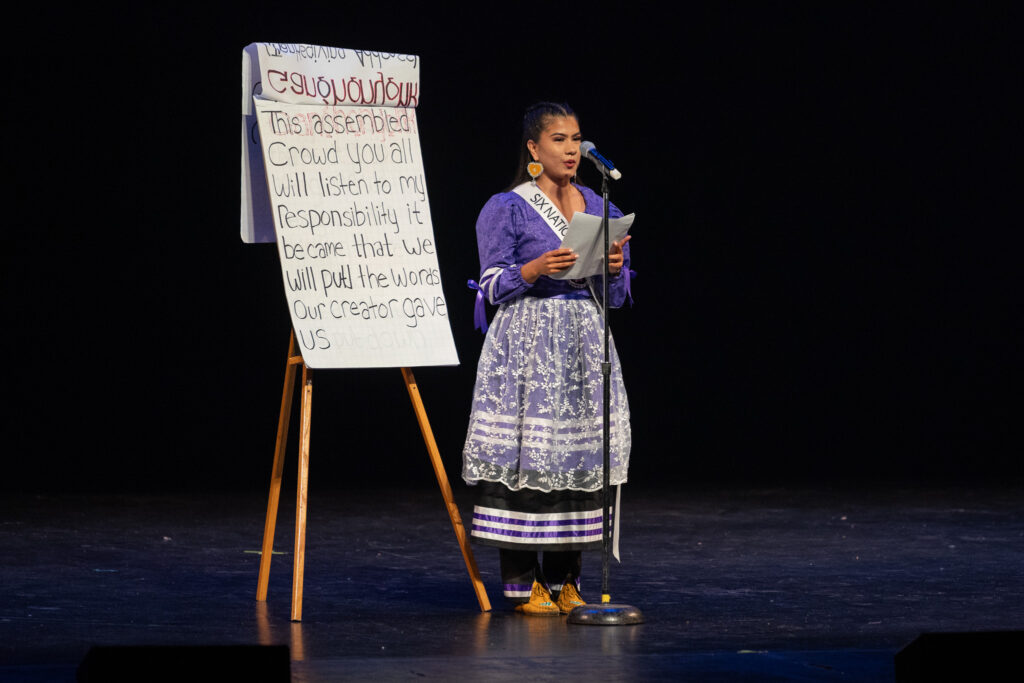
“My cultural presentation is a short snippet of the Ganǫhǫnyǫhk, which is the Thanksgiving Address and our greetings to the natural world in the Cayuga language,” said Blackbird.
The 23-year-old also brought an easel on stage with the English translation for people to read from during the presentation.
While in the end, the title ultimately ended up going to Gena Boubard from Sagkeeng First Nation, M.B., Blackbird’s smile never faltered and she was seen happily celebrating her accomplishments with her friends and family after the show wrapped up.
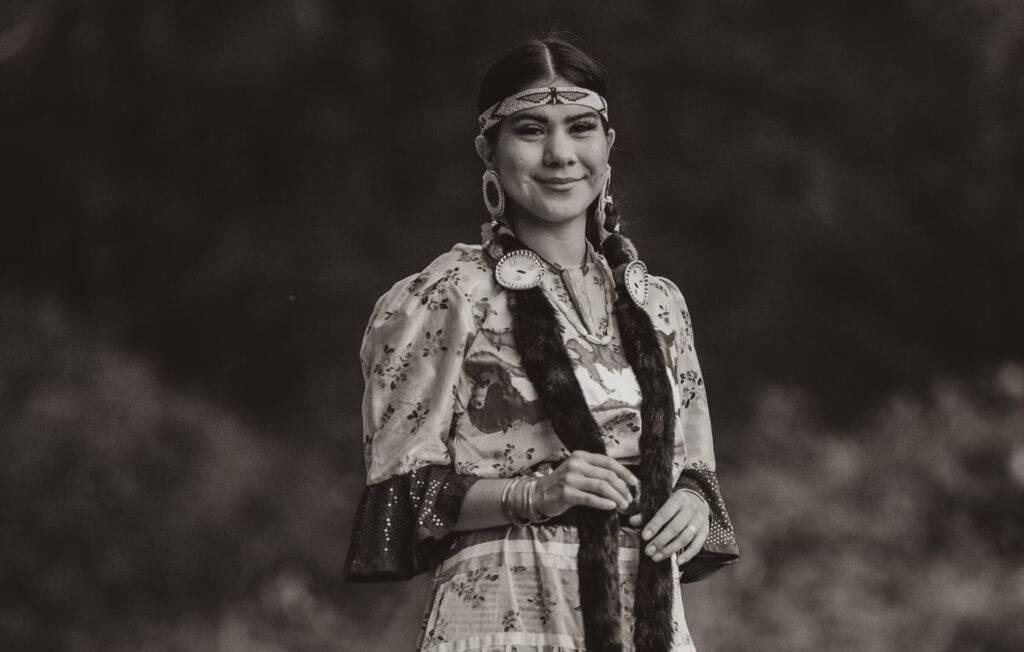
With the competition now finished, Blackbird will soon be preparing to attend university for Child and Youth Studies in the fall, and as she moves ahead, she plans to continue sharing more about her culture and herself.
“My traditional name is Tewahanehnay, which means She is Towing a Bow, and I love getting to share that with people. When I was younger, someone told me not to tell people that, and I ended up really taking that to heart,” she said. “One of the owners from my dance company once asked me, ‘how come you don’t introduce yourself with your traditional name?’ and when I told her why, she pointed out that maybe that person had been trying to shame me in a way. Ever since she said that, I’ve been telling everyone my name because it’s something I’m proud of.”
Kimberly De Jong’s reporting is funded by the Canadian government through its Local Journalism Initiative.The funding allows her to report rural and agricultural stories from Blandford-Blenheim and Brant County. Reach her at kimberly.dejong@brantbeacon.ca.
